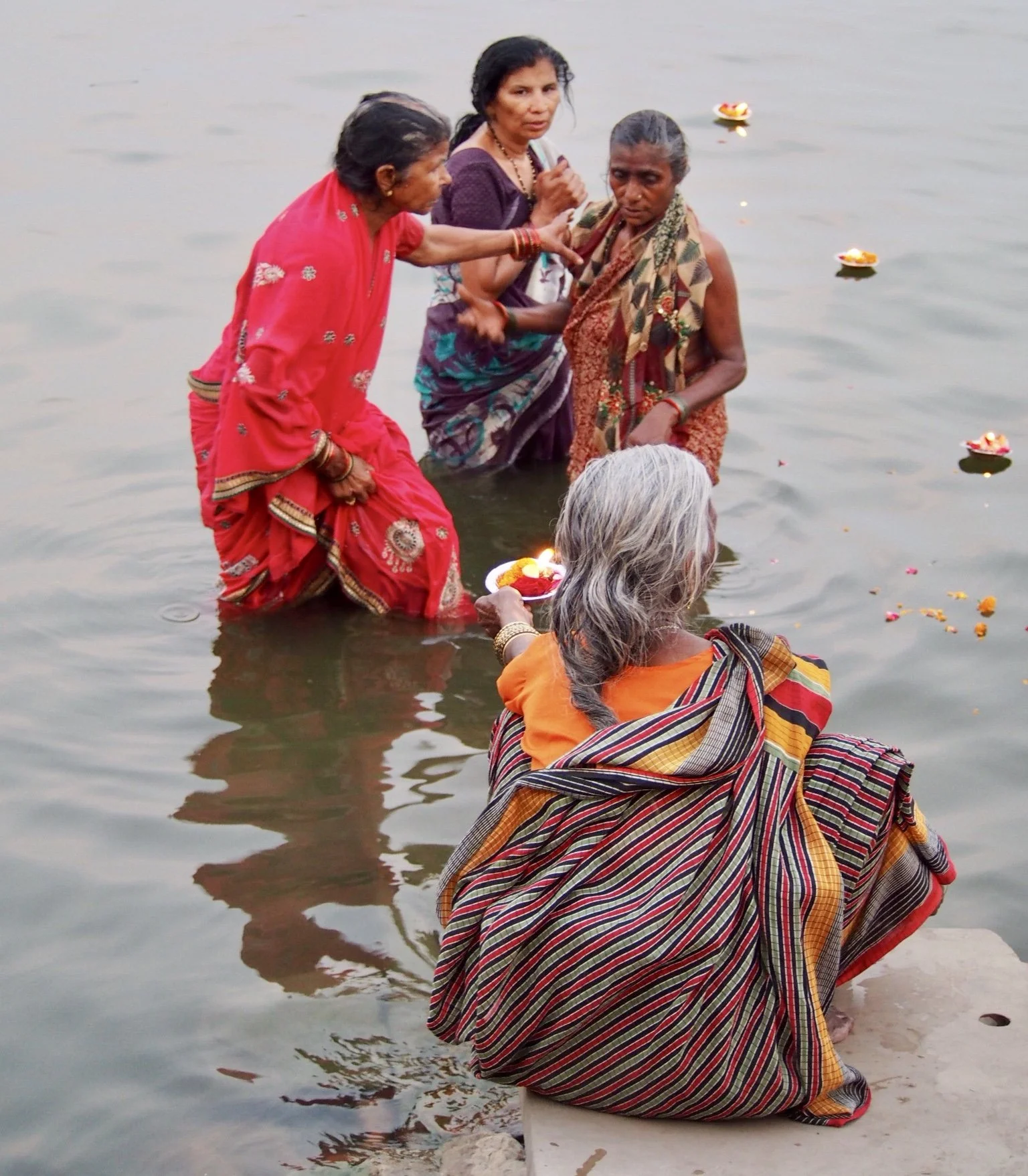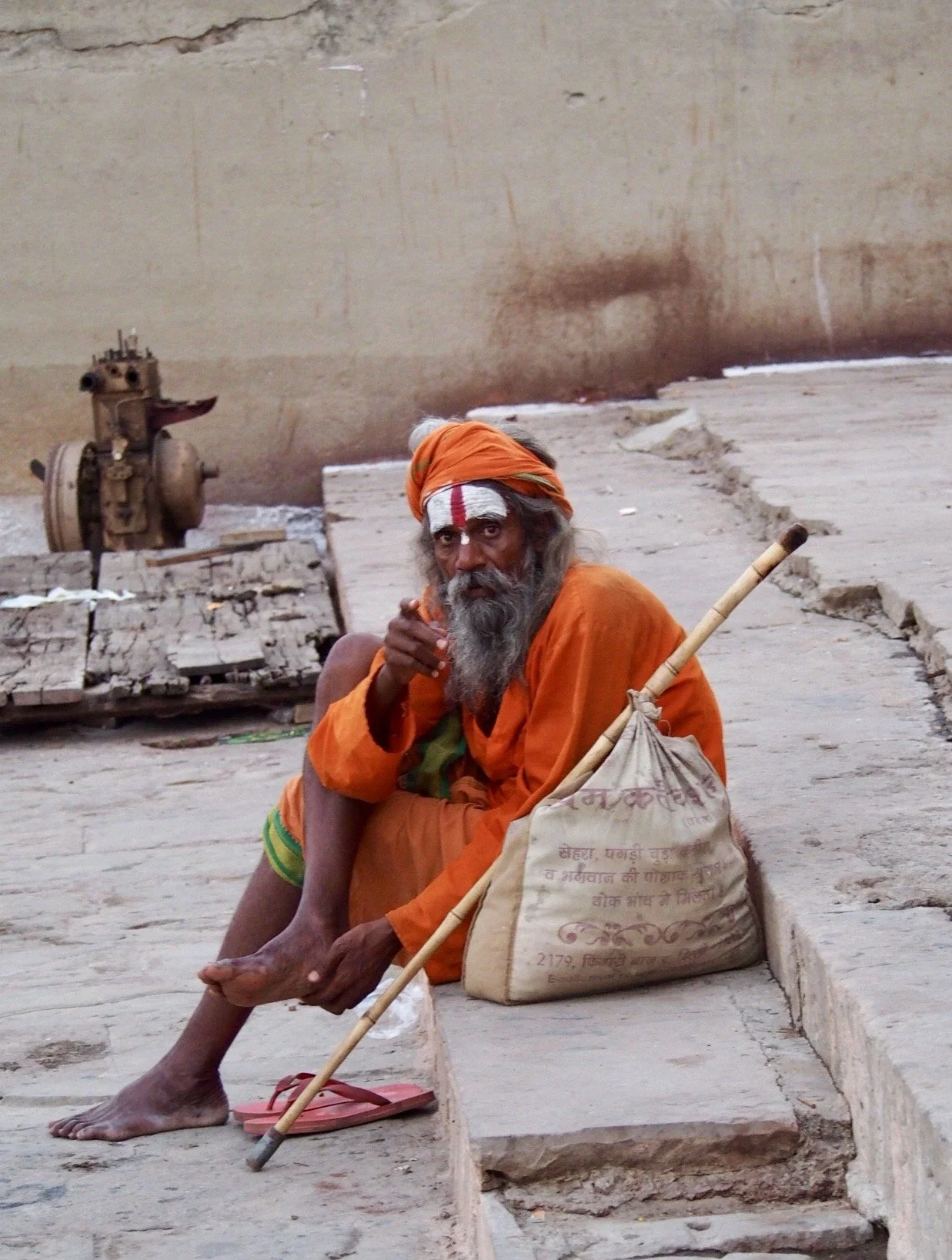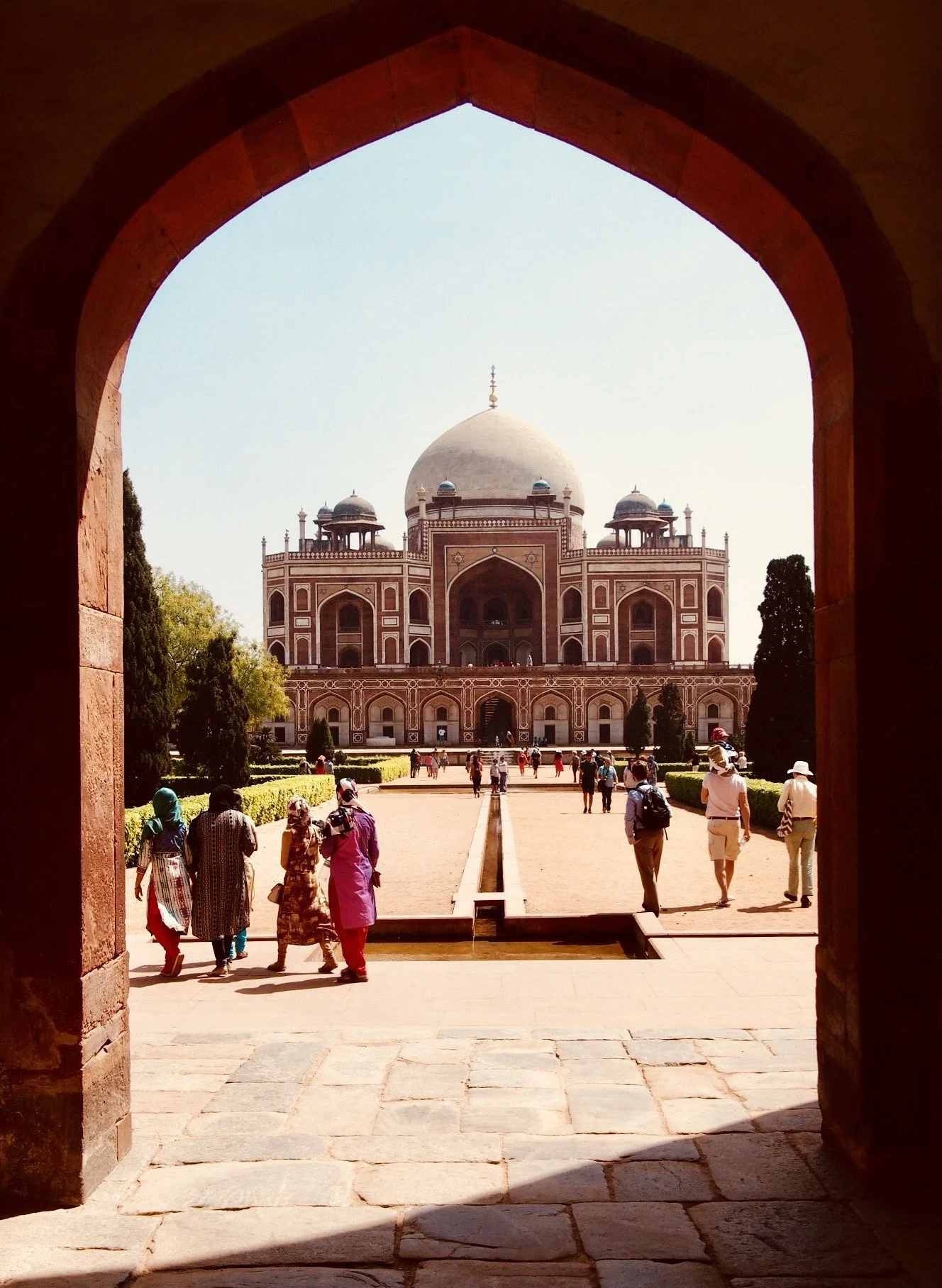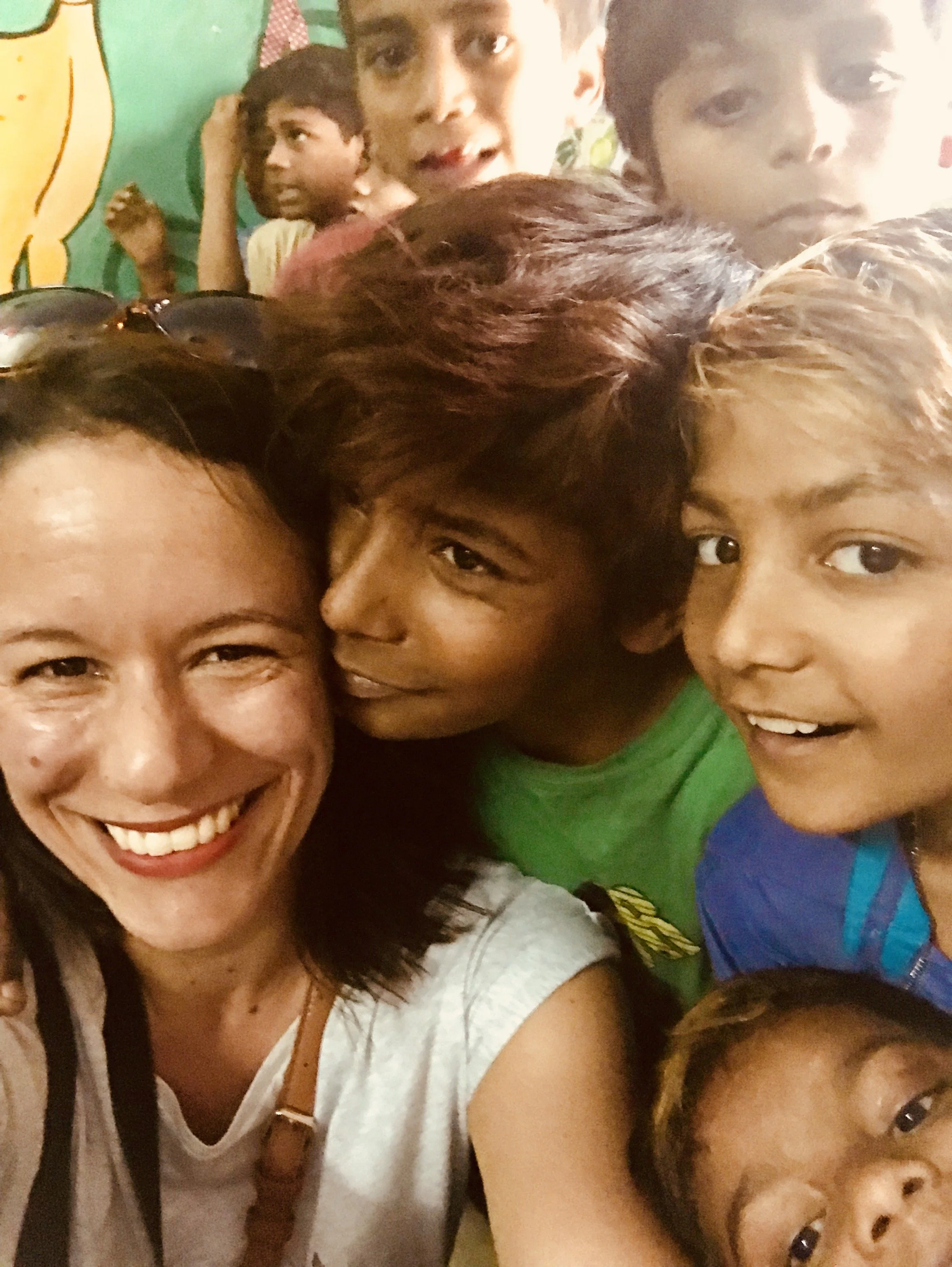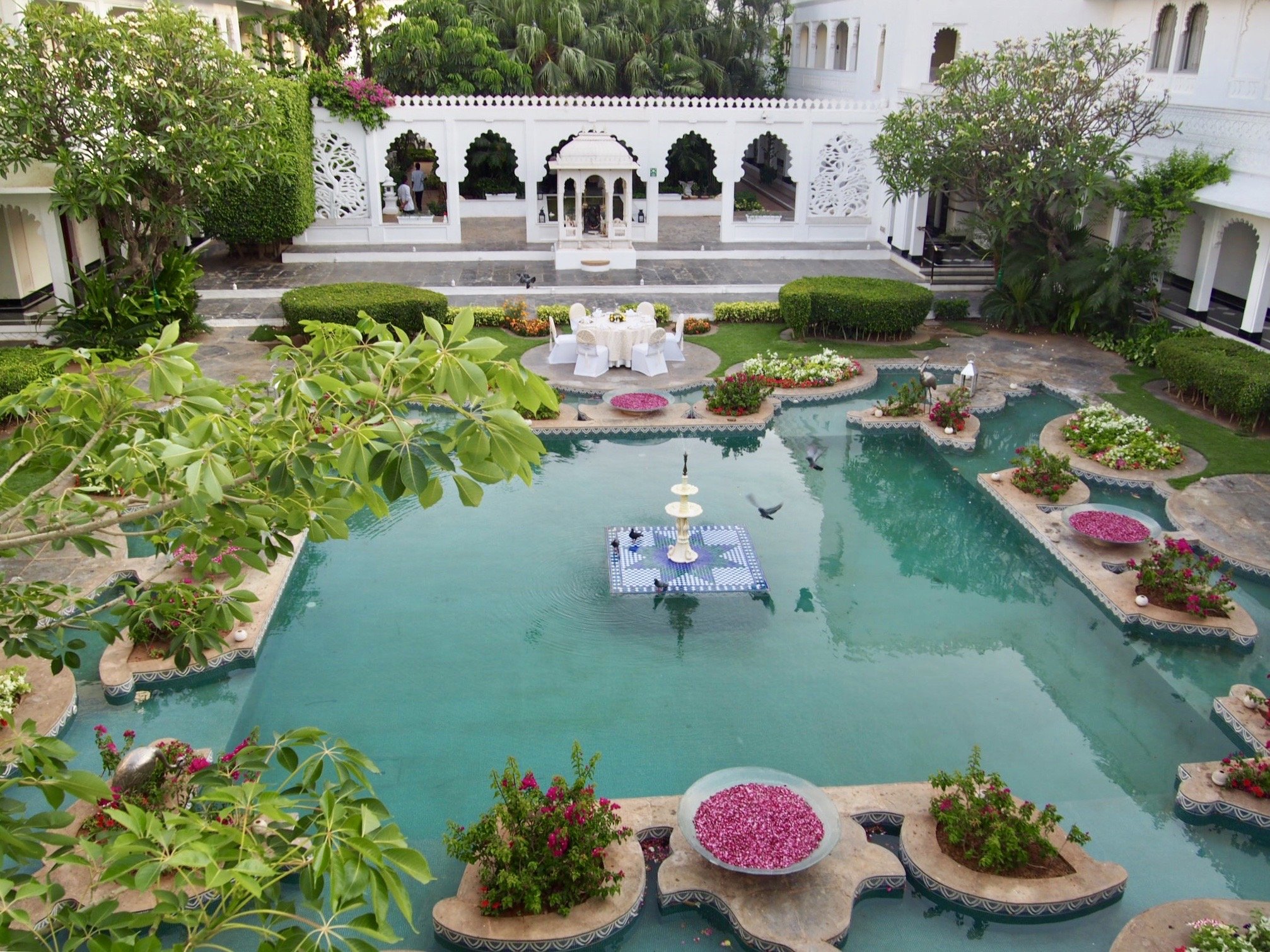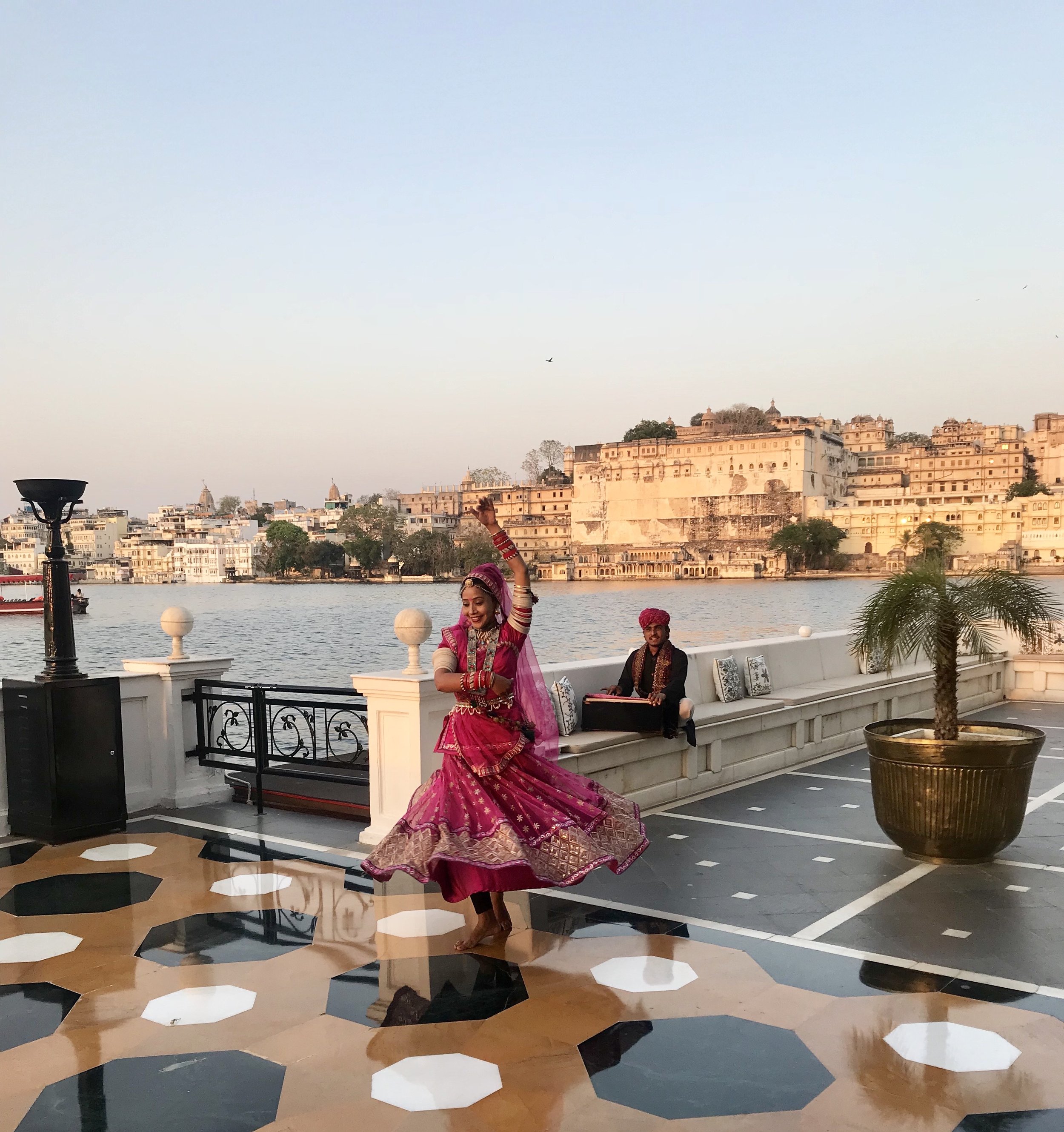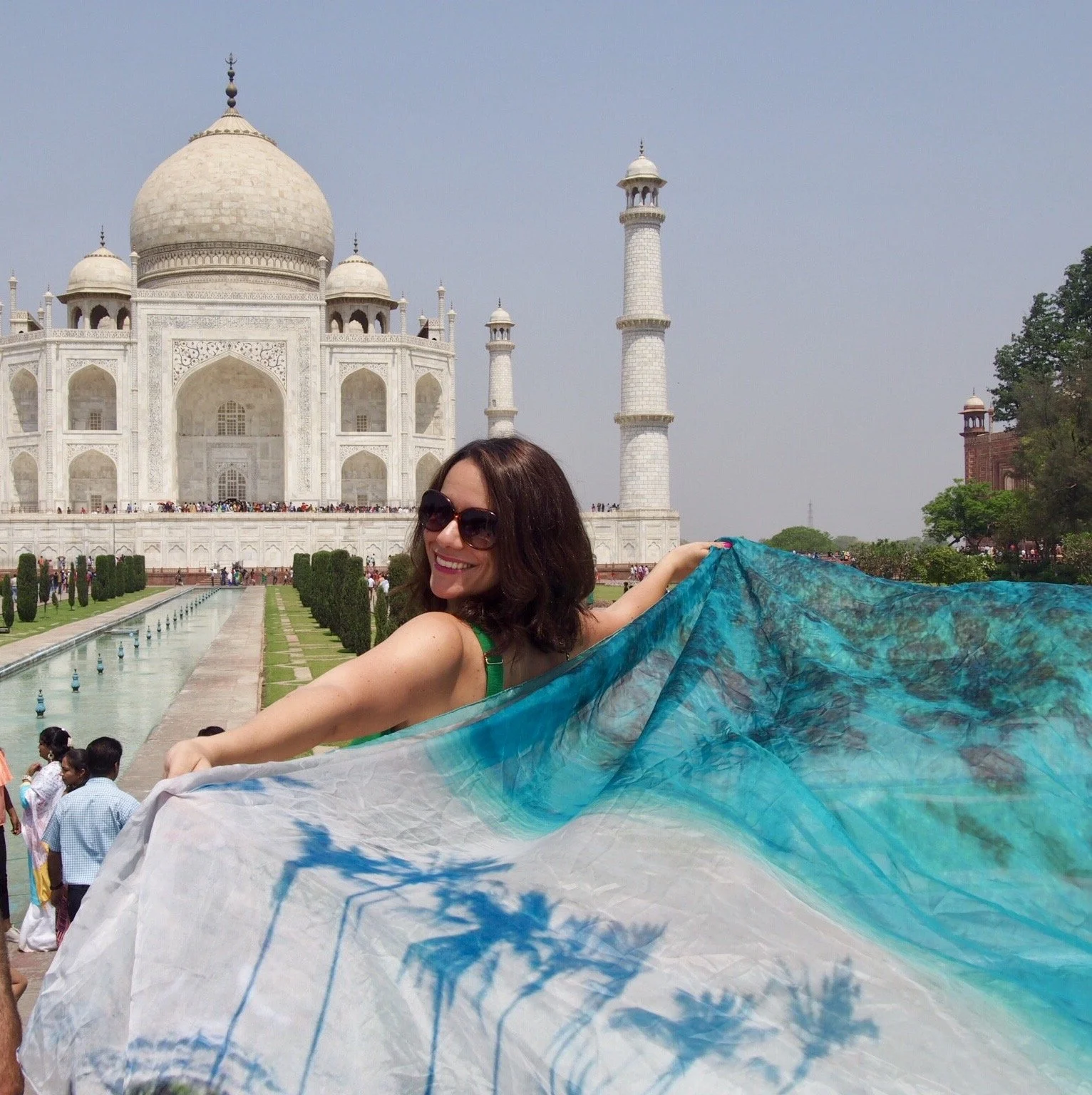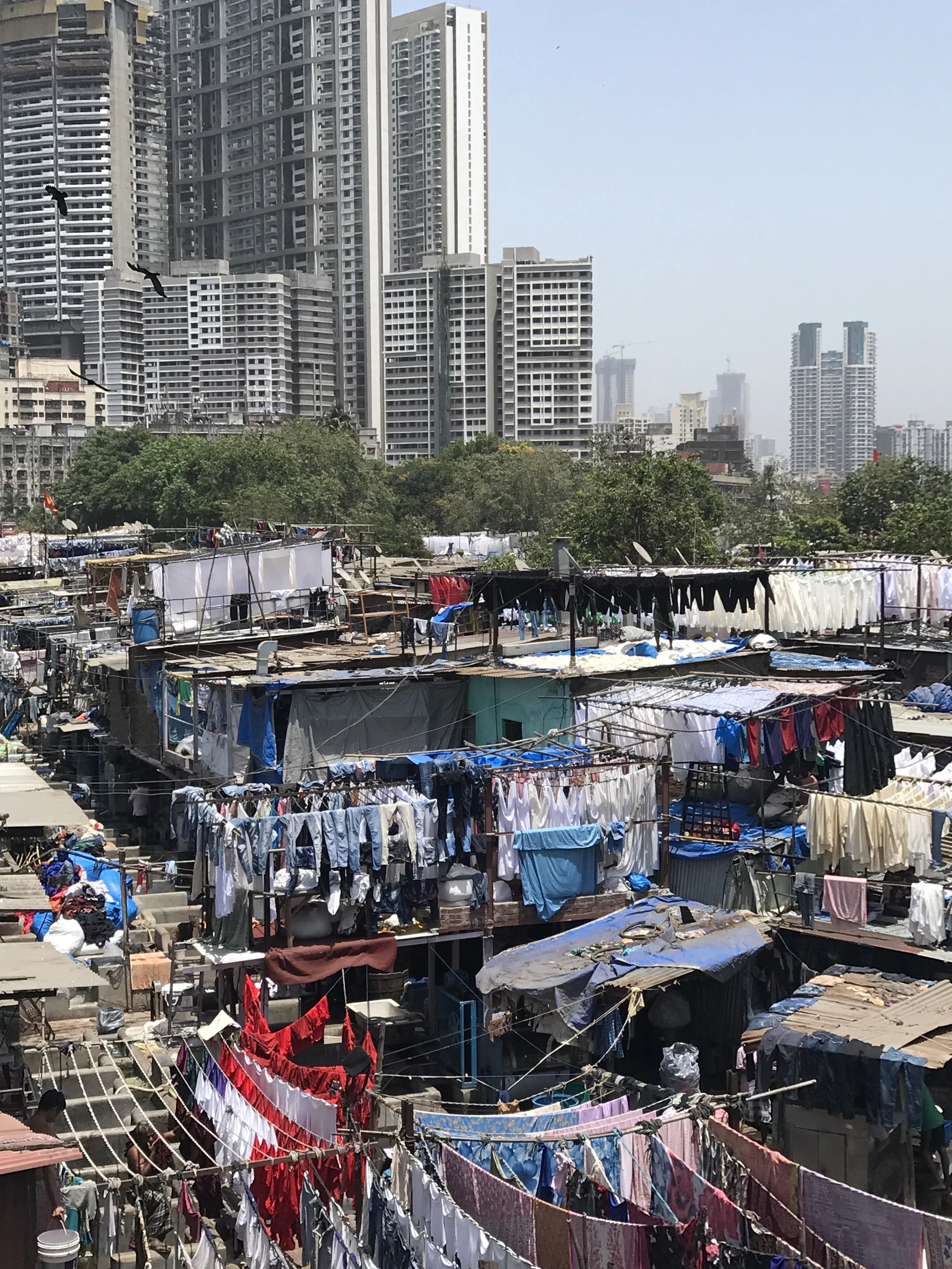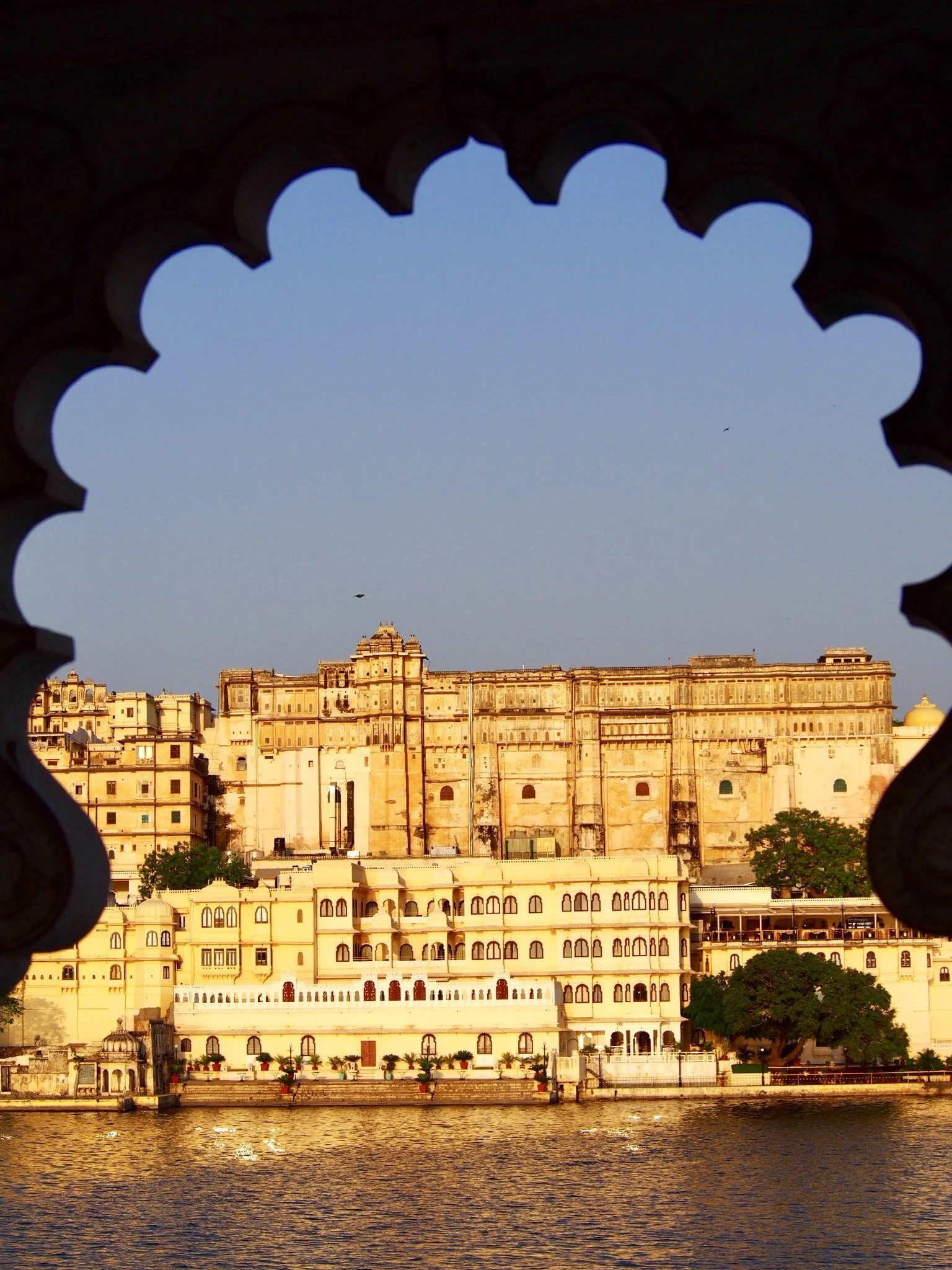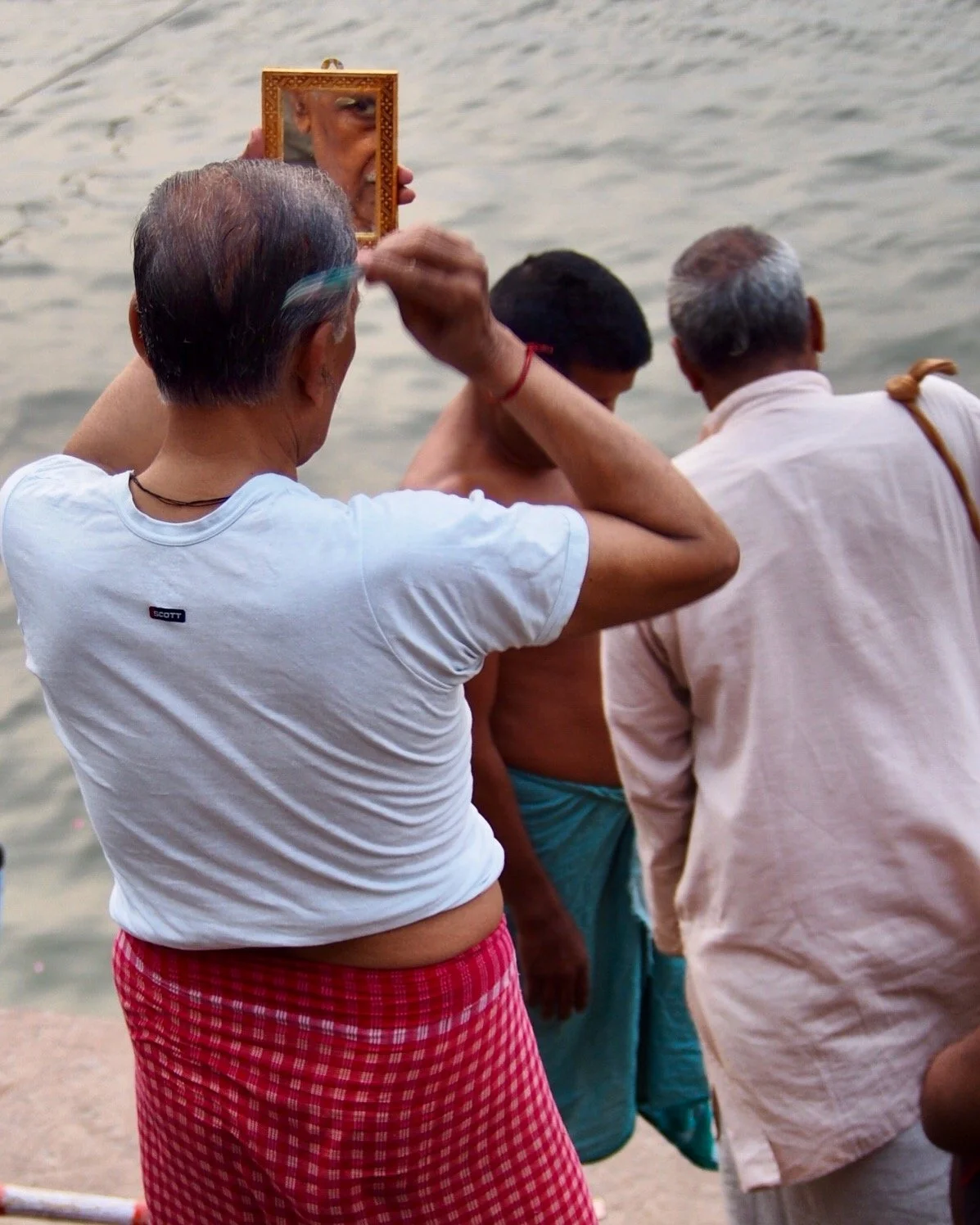INDIA- A FEAST FOR THE SENSES
“This is not like any other place. This is India. Everyone who comes here falls in love- most of us fall in love many times over. And the Indians- they love most of all.”
Jumping into a cycle rickshaw I take a deep breath and prepare myself for the onslaught that is Delhi. A cacophony of deafening horns jostle for attention and become a constant soundtrack as my nimble driver expertly navigates Delhi traffic, weaving through lanes of traffic that undulate from three to five and at times absurdly splintering into six or seven lanes as horse & cart, bus, taxi, auto and cycle rickshaw alike all compete for pole position in a race to the finish.
My eyes dart excitedly not wanting to miss a single thing. My camera clicks away capturing sights unlike anything I have ever known. Even amidst abject poverty, the smiles of the locals are plain to see as they move about their day with purpose, stopping often to warmly embrace a friendly face and trade gossip. The women are draped in the most exotic plumes of silks and chiffons, arms laden with glass bangles in every rainbow colour imaginable. Cows laze languidly by the side of the road and street dogs dart in and out of piles of rubbish looking for their next meal.
My first introduction to India and the chaos that is Delhi came by way of a street food and cycle rickshaw tour with India City Walks through Old Delhi. Founded as the walled city of Shahjahanabad in 1639, Old Delhi is the symbolic heart of the city and was the perfect place to start my baptism of fire. My tastebuds tingled as I intrepidly followed the lead of my guide through winding streets; trying all manner of scrumptious delights from chicken stew, to mutton korma, stuffed Indian breads and pastries, crumbly Nankhatai biscuits reminiscent of shortbread and Shahi Tukda, bread soaked in fried sugar syrup topped with sweet thickened milk and dried fruit. Hunger thoroughly satiated I headed back to my hotel, the iconic Taj Mahal in New Delhi. Closing the door to my room, I smiled…India was determined not to disappoint, and I could not wait to experience more.
India had been on my travel wish list for as long as I could remember. The colour and chaos often depicted on films like Slumdog Millionaire & Lion and jumping from the pages of epic tomes like Shantaram had captivated my dreams for many years. This was a trip that was a long time coming, but like all epic journeys it was worth the wait.
One of my most moving Delhi experiences was a city walk with the Salaam Baalak Trust (SBT), an NGO that works to help children living and working on the street to realise a different path through providing accommodation, healthcare, education and recreational programmes in sport, drama and the arts. Over the course of a few hours one of the children took me through the narrow alleys he once called home, sharing captivating stories of life before being taken in by SBT. After the gritty street scenes, we were able to visit one of the shelters and I can still remember my heart exploding as the young children hung over me, brilliant white smiles stretching across their faces, disappearing beneath the voluminous brim of my straw sunhat and begging me to take a “selfie”.
If there is one thing India does well it is hospitality. As with the many contrasts of India, the dichotomy between rich and poor is none more evident than in the extraordinary palaces of a bygone era. Walking the hallowed halls of Rambagh Palace or the iconic floating Lake Palace in Udaipur, one can almost imagine life as a king or queen of the Maharajahs. Elaborate brocade tapestries, manicured gardens, bejewelled elephants, exotic musicians, rose petals seemingly falling from the sky and 18 carat gold dinnerware all hark back to a time of excess. Rather than make one feel uncomfortable, the divide between rich and poor becomes a carefully choreographed ballet and adds to the charm of this extraordinary country. For a great many tourists, the familiar comfort and relative calm of these iconic palace hotels is key to being able to fully embrace the Indian experience and process the sensorial overload.
India is a destination for early birds. To see the true magic of India one must prepare for a series of early mornings. Markets come to life as dawn breaks across the sky; flower stalls spring to life with overflowing hession sacks of marigolds in rich ocre and vibrant gold; vegetable stalls burst with everything from string beans, fragrant limes, ruby red tomatoes and other foreign vegetables like okra, not commonly used in Western society. Groups of young men chat animatedly over steaming cups of masala chai, as newspaper boy’s cycle through the markets, bicycles laden with broadsheets covering the news of overnight.
If India has a spiritual heartland, it must be Varanasi. Out of all the cities I saw and experienced this was without doubt my favourite. The sacred Ganges River winds through the bustling city and thousands of Hindu pilgrims flock to bathe and ultimately be buried in its sacred waters. There is a palpable feeling of spirituality in this city and it reels you in from the first moment. Rising early and taking to a local wooden boat, tourists are afforded the opportunity to watch India come to life along the banks of one of its holiest tributaries.
Sadhu’s with elaborate face markings and orange robes share the banks of the river with those having their morning bath, washerwomen gossiping amongst themselves as they swirl, soap and dunk fabrics until suitably clean, westerners seeking salvation and peace through meditation and young children excitedly splashing, swimming and laughing in the holy waters.
Each evening throngs of tourists and Hindus gather along the bank for the sacred Aarti ceremony where the Hindu priests perform an ancient ritual with fiery lamps, chants and songs in praise of Mother Ganga. It is a complete sensory experience. Nerves jangling and senses heightened, the walk back from the Ganges to our waiting vehicle was unlike anything I had ever known. A swarm of tourists and Indians converged together and made their way along pockmarked roads, past stores selling trinkets dedicated to Hindu Gods. The odd mix of blaring horns, chants and excited chatter combined to overwhelm your sense of hearing. Plumes of incense mixed with the comforting smell of spiced dhal and masala chai. Every so often there was a faint scent of litter or cow dung. Intoxicating & overwhelming, I gave in to the experience and allowed it to consume me.
Having been to Sri Lanka, other travellers would often describe it to me as India’s little brother. While there may be some similarities, having now experienced both I would say that India is like nowhere else on earth. A polarising destination and one that western travellers will either love or loathe. There is no in-between, you cannot leave India indifferent to her charms.
Returning home from India it took me a while to process the magnitude of the experience and put into words just how enchanting it had been. The streets of home were eerily quiet, traffic seemed non-existent and everything seemed bland by comparison. For me, India was a complete and utter feast for the senses. All encompassing and all consuming.



